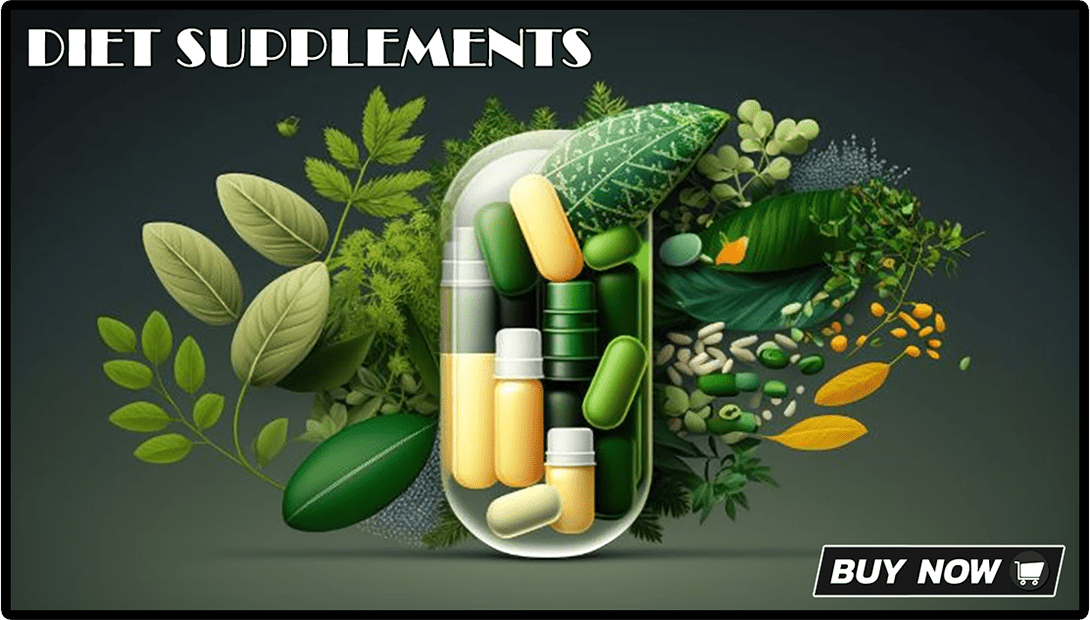
Nail health is often overlooked, yet it plays a crucial role in overall well-being, as fingernails and toenails are not only aesthetic features but also indicators of one’s internal health, reflecting potential deficiencies and conditions that may require medical attention. To maintain strong, healthy nails, it is essential to adopt a consistent nail care routine that includes proper hydration, balanced nutrition, protection from harsh chemicals, and regular grooming. Keeping nails hydrated prevents brittleness and cracking, which are common issues caused by excessive exposure to water, harsh soaps, and environmental conditions. Using nourishing cuticle oils, such as those containing vitamin E or jojoba oil, helps maintain the flexibility and strength of nails while preventing painful cuticle tears and hangnails. Additionally, drinking sufficient water and consuming foods rich in essential nutrients, including biotin, keratin, zinc, and omega-3 fatty acids, contribute significantly to nail strength, reducing susceptibility to breakage and peeling.
Equally important is protecting nails from excessive trauma and damage by wearing gloves while performing household chores, particularly those involving prolonged water exposure, cleaning chemicals, or rough surfaces that can weaken the nail structure. Regular trimming and filing with a high-quality emery board help maintain a neat appearance while preventing splits and snags that may lead to further damage. Avoiding the use of harsh nail polishes and acetone-based removers is crucial, as these products strip nails of their natural oils, leading to increased dryness and fragility. Instead, opt for nail polishes that are free from harmful chemicals like formaldehyde, toluene, and dibutyl phthalate (DBP), as these substances have been linked to nail discoloration and long-term structural weaknesses. Furthermore, allowing nails to breathe between polish applications ensures they remain healthy and resilient over time.
Maintaining Proper Nail Hygiene and Cleanliness
Ensuring optimal nail hygiene is a fundamental aspect of overall nail health, as dirty nails not only harbor harmful bacteria and fungi but also increase the risk of infections that can lead to painful and unsightly nail conditions, including fungal infections, paronychia, and discoloration. To keep nails clean and free from debris, it is advisable to wash hands thoroughly with mild soap and lukewarm water, scrubbing beneath the nails with a soft brush to remove accumulated dirt and bacteria that may contribute to infections. Regularly disinfecting nail care tools, including nail clippers, files, and cuticle pushers, is equally important, as using contaminated tools can introduce harmful pathogens that compromise nail integrity and overall health.
Additionally, cutting nails straight across with slightly rounded edges helps prevent ingrown nails, a common and painful condition that occurs when the nail grows into the surrounding skin, causing inflammation and discomfort. Refraining from biting nails or picking at cuticles is essential, as these habits can create entry points for bacteria, leading to infections and weakened nail structures. Instead of cutting cuticles, which serve as a natural barrier against infections, gently pushing them back with a cuticle pusher and applying a nourishing cuticle cream can help maintain their health without compromising protection. Furthermore, choosing breathable socks and well-fitted footwear reduces the likelihood of developing toenail fungus, ensuring that nails remain clean, strong, and infection-free.
Choosing the Right Nail Products and Treatments
Selecting high-quality nail care products is essential for maintaining strong, beautiful nails, as many conventional polishes, removers, and treatments contain harsh chemicals that strip nails of their natural moisture, leading to increased brittleness and breakage. When choosing nail polish, it is beneficial to opt for brands that offer non-toxic formulas free from harmful ingredients such as formaldehyde, toluene, and camphor, which have been associated with nail discoloration, brittleness, and overall deterioration. Additionally, using a nourishing base coat before applying polish helps create a protective barrier between the nail surface and the pigments, preventing staining and promoting healthier nails in the long run. For those who frequently use nail polish remover, selecting an acetone-free formula infused with moisturizing agents such as aloe vera or vitamin E can help minimize drying effects, keeping nails hydrated and resilient.
Incorporating strengthening treatments such as keratin-infused nail hardeners or calcium-rich serums can provide additional reinforcement for weak and peeling nails, improving their overall structure and resistance to damage. However, excessive use of hardening treatments should be avoided, as overly rigid nails are more prone to breakage. Biotin supplements have also been shown to enhance nail strength and thickness, making them a beneficial addition to a comprehensive nail care routine. Furthermore, those who regularly visit nail salons should ensure that hygiene standards are strictly maintained, as improper sterilization of tools and equipment can lead to infections and compromised nail health. Opting for salons that use disposable tools or bring-your-own kits can further minimize risks associated with cross-contamination, ensuring safer and healthier nail treatments.
Preventing Common Nail Problems and Damage
Proactively addressing common nail problems is key to maintaining their strength and appearance, as issues such as splitting, peeling, ridges, and fungal infections can be both aesthetically displeasing and indicative of underlying health concerns. One of the most prevalent causes of nail damage is prolonged exposure to water, which weakens the nail structure and leads to excessive softness and peeling. To combat this, wearing protective gloves while washing dishes or engaging in prolonged water-related activities can help minimize moisture absorption and preserve nail integrity. Additionally, using a hydrating hand and nail cream enriched with ingredients such as shea butter, glycerin, and lanolin can provide essential moisture, preventing dryness and brittleness.
Another common issue is the formation of vertical ridges, which may develop due to aging, dehydration, or nutritional deficiencies. To reduce their appearance, gently buffing the nail surface with a fine-grit buffer can create a smoother finish while applying ridge-filling base coats can help achieve a more even polish application. For individuals prone to nail fungus, maintaining proper foot hygiene, avoiding walking barefoot in communal areas, and regularly changing socks can significantly reduce the risk of fungal infections. Furthermore, keeping nails trimmed and filed prevents them from catching on surfaces and breaking, ensuring that they remain strong and well-maintained. By adopting these preventive measures and maintaining a consistent nail care routine, individuals can enjoy healthier, stronger, and more resilient nails in the long term.




